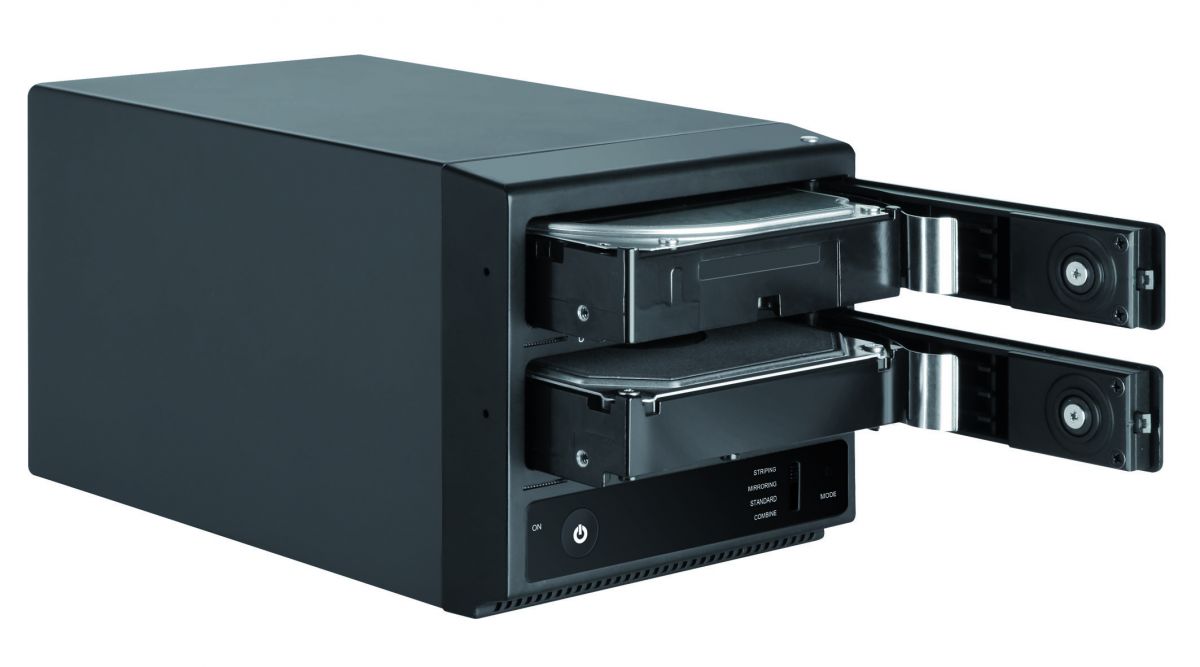
The backup PLAN that YOU must choose is 100% based on the value you place on YOUR data. There have been reports of double infections (although I cannot personally verify). When there is a dynamic disk, you can run AOMEI Partition Assistant Server, click Dynamic Disk button to access the interface as the follwing screenshot for managing dynamic disks and volume.Indeed, block in now. How to Manage Windows Software RAID-5?ĪOMEI Partition Assistant Server is equipped with Dynamic Disk Manager wizard, which is award-winning and full-featured software RAID management solution, allowing you to you to resize dynamic disk, extend dynamic system partition, convert dynamic disk to basic without losing data, expand RAID-5 volume, extend mirrored (RAID 1) volume, add drive to RAID 5 and remove drive from RAID 5, etc. This means that if you use 3 x 1TB disks to create a Software RAID-5 volume, the volume will have a 2TB capacity. Software RAID-5 volume provides fault tolerance at a cost of one additional disk for the volume. Software RAID-5 volumes can not be expanded with Disk Management snap-in, but you can use AOMEI Partition Assistant Server to expand RAID-5 volume.īecause of fault tolerance, administrators favor using RAID-5 volumes when data integrity and data I/O speed are both important. Never mix a hardware-RAID solution and software RAID on the same disk. Operating system files and boot files cannot reside on the Software RAID-5 disks. Learn how to create Software RAID-5.īefore setting up Software RAID-5 in your Windows Server 2000/2003/2008/2011/2012, you need to be aware of the following requirements:Īll disks involved in the Software RAID-5 volume must be converted to dynamic disks. That’s because Software RAID 5 only can be implemented in Windows Server operating systems, including Windows 2000 Server, Windows Server 2003 and Windows Server 2008. Many users don’t understand why Windows 7 Software RAID 5 is grayed out. Which operating systems support Software RAID 5? When a disk fails, system uses the parity information to re-create the data on the failed disk.


Parity, a calculated value that can be used to reconstruct data after a failure, is also striped across the disk array. Software RAID 5 is a fault-tolerant volume that stripes data and parity across multiple dynamic disks (from 3 to 32).


 0 kommentar(er)
0 kommentar(er)
